July Friday History: 625 Marquette – The Story of a Building
In 1905, J.L. Robinson, the founder of Kraus-Anderson, built a three-story brick building on Marquette Avenue between sixth and seventh streets. Although never an architectural landmark, the story of this building touches some interesting aspects of Minneapolis history, and the history of its downtown neighborhood in particular.
Judge Pond
From the perspective of a construction company, the story of a building often begins with a client. The client in this case was Judge Charles Merrill Pond.
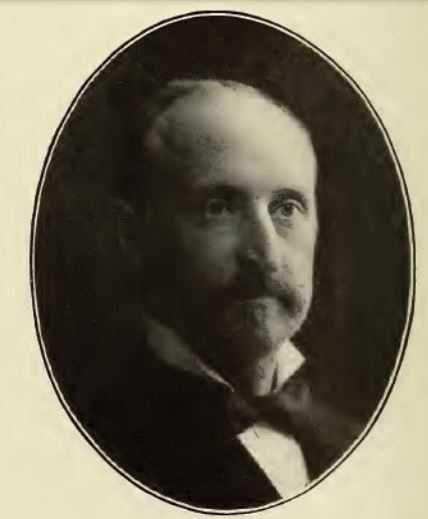
Charles Merrill Pond, or C.M. Pond, or, most frequently, Judge Pond, has been somewhat relegated to historical obscurity, but he was a very well-known, even famous, person in his lifetime. As his name suggests, he served a couple of terms as a judge. He played a substantial role in Minneapolis and Minnesota politics, and he was often put forward as a candidate for governor. The wheel of political fortune never turned in that direction, so, as his 1934 obituary mentions, Charles Merrill Pond was best known for presiding over the longest, most notorious lawsuit in the history of Minneapolis.
Levi Stewart
Levi Stewart was an early resident of Minneapolis for whom law was a profession and real estate a hobby. He was an eccentric bachelor who consulted his “wife” before making important business decisions, and often claimed she paid more property tax than anybody else in the state. Among the many strange things Stewart claimed about himself, the most common was that he valued his privacy above all things. If true, this represents a personal failure for Levi Stewart, as he was a nearly constant source of stories and quotations for news reporters.
Levi, or “Elder”, Stewart, as he chose to call himself for no particular reason, lived in a house on the corner of Fourth and Hennepin that was considered old in the 19th century. The ownership of this house, and the parcel of land on which it sat, was in dispute from 1858 until 1897. It is difficult to imagine today, but a protracted lawsuit, with all its Dickensian fittings, was ideal entertainment for an age when the daily newspaper was the pinnacle of broadcasting technology. This lawsuit was particularly captivating for Minneapolitans as the parcel of land in question was an entire block, and it is a point of interest for historians of the downtown area, as it determined the history of development for a crucial part of piece of real estate.
The Pond Building at 624 Marquette Avenue
Charles Pond would go on to serve as a Hennepin County judge for a few more years, but he was known for the rest of his life as the man who settled the Elder Stewart case. When Pond retired as a judge, he made his own small contribution to the history of downtown by hiring J.L. Robinson to build a handsome three-story building at 625 Marquette Avenue.
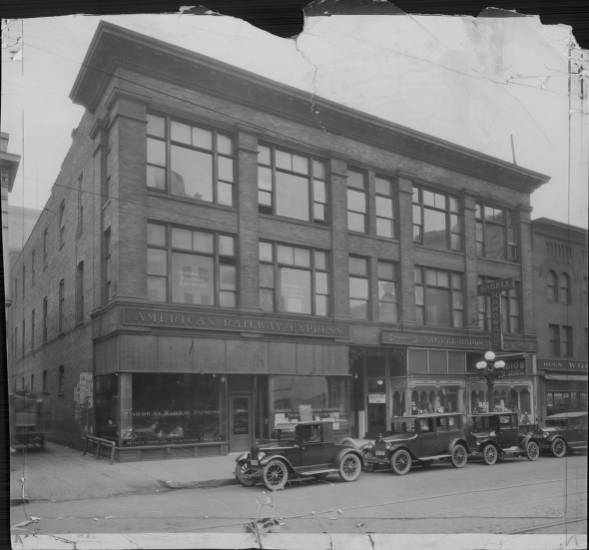
Judge Pond was apparently planning this building for some time ahead of its construction. Minneapolis newspapers anticipated its arrival with several stories. Pond’s original plan was for a reinforced concrete structure. This would have made it one of the first such buildings in the world, Minneapolis being a pioneer in such construction. As it happened, Pond and his builder J.L. Robinson opted for the tried-and-true technology of brick and mortar.
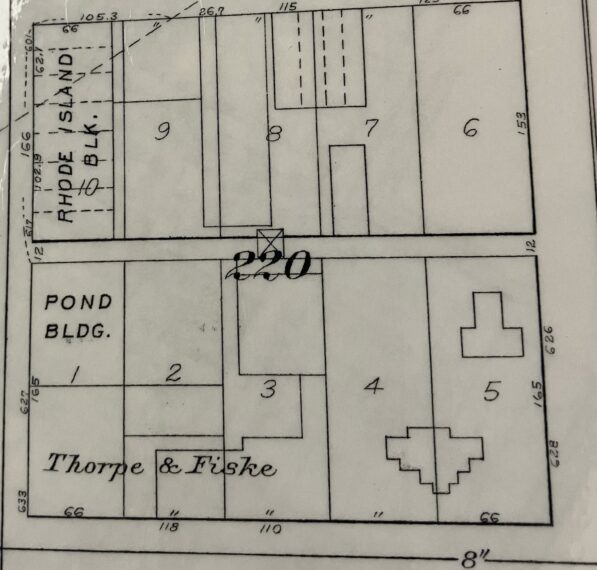
Whether or not Judge Pond ever intended to operate a store out of his new building as the newspapers implied is a question lost to history, but his investment was clearly a savvy one: The building never seemed to want for tenants, and, in 1917, when Pond was ready to sell, his building went for the notable sum 150,000 dollars.
Nagell’s Hardware
Through the 1920s, the “Pond Building” continue to flourish, from its position at the center of the financial district, with tenants like American Express. The 1930s and the Great Depression led to some vacancy years at 625 Marquette, but by the end of that decade, this building found its second life as a hardware store.
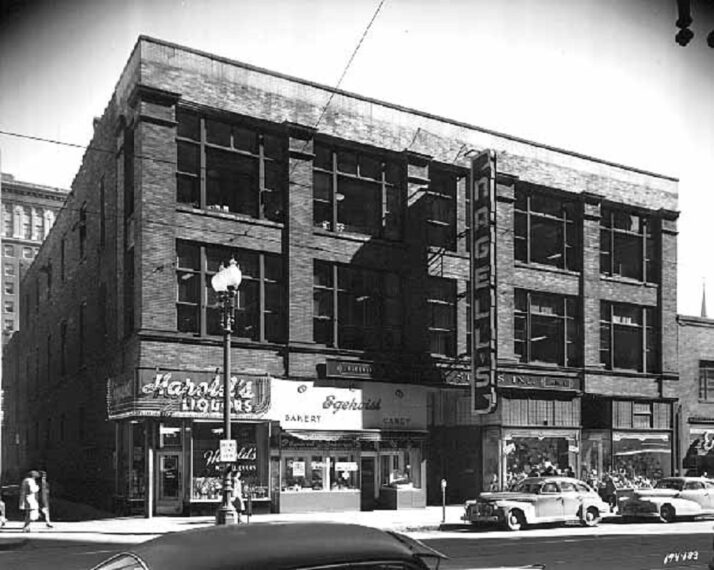
Northstar Center
The next and final owner of 625 Marquette was Leslie Park, the legendary real estate developer who, it could be argued, did more than any other single person to influence the built environment of downtown Minneapolis. Park bought 625 Marquette along with the entire block to create the Northstar Center. The building that J.L. Robinson built for Judge Charles Pond was demolished in 1960.
As the origin of the Minneapolis skyway system and ground zero for downtown’s urban renewal era, the Northstar Center is a crucial chapter in the history downtown Minneapolis, and, as such, is listed on the National Register of Historic Places.
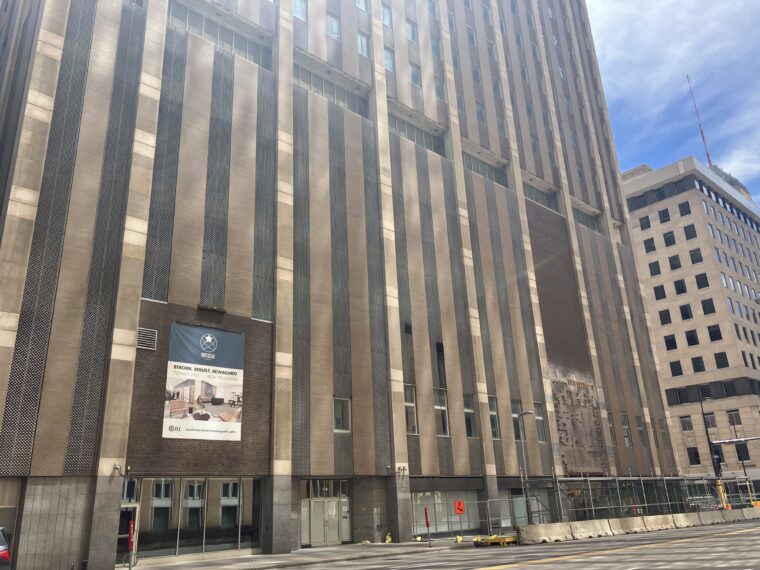
The Northstar Center is now being redeveloped by Sherman and Associates, and, to come full circle, Kraus-Anderson is working on this project, converting part of the complex from office space to residential.
CATEGORY: Construction